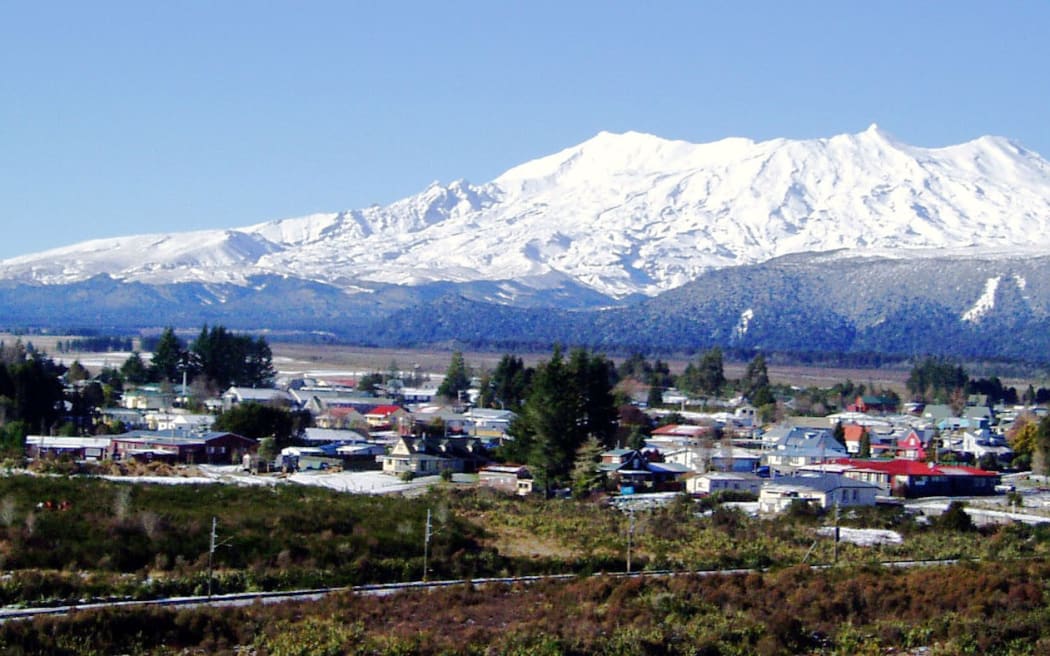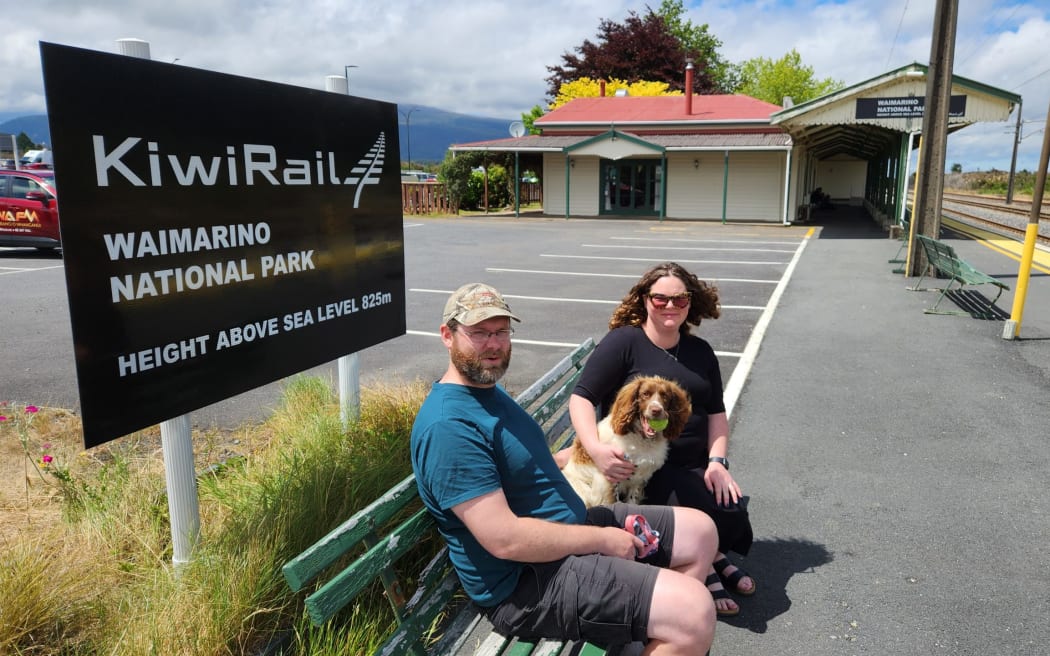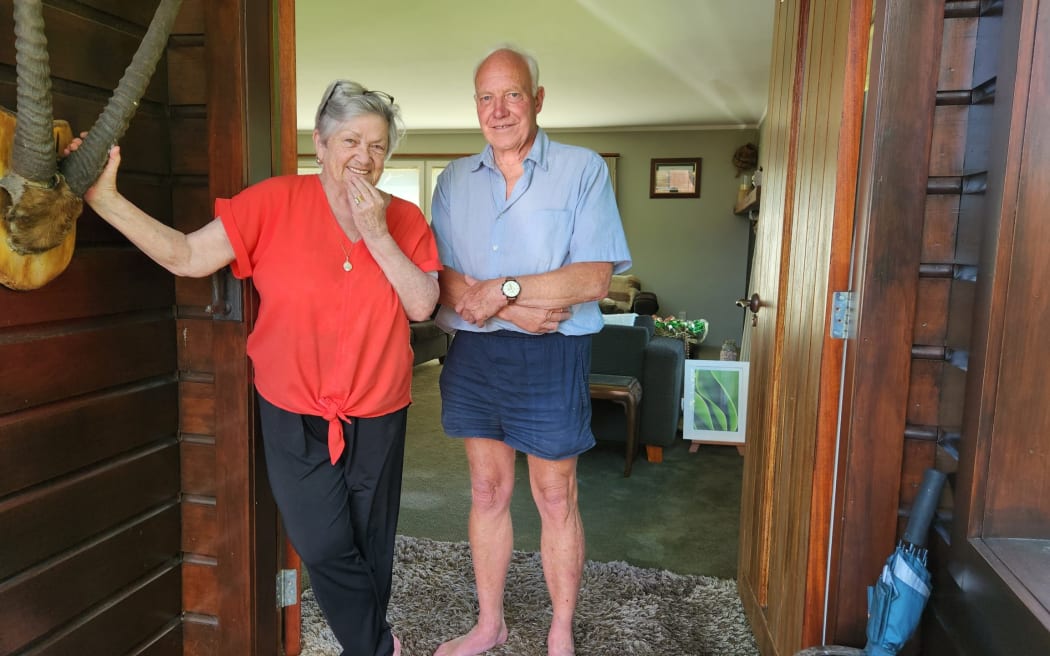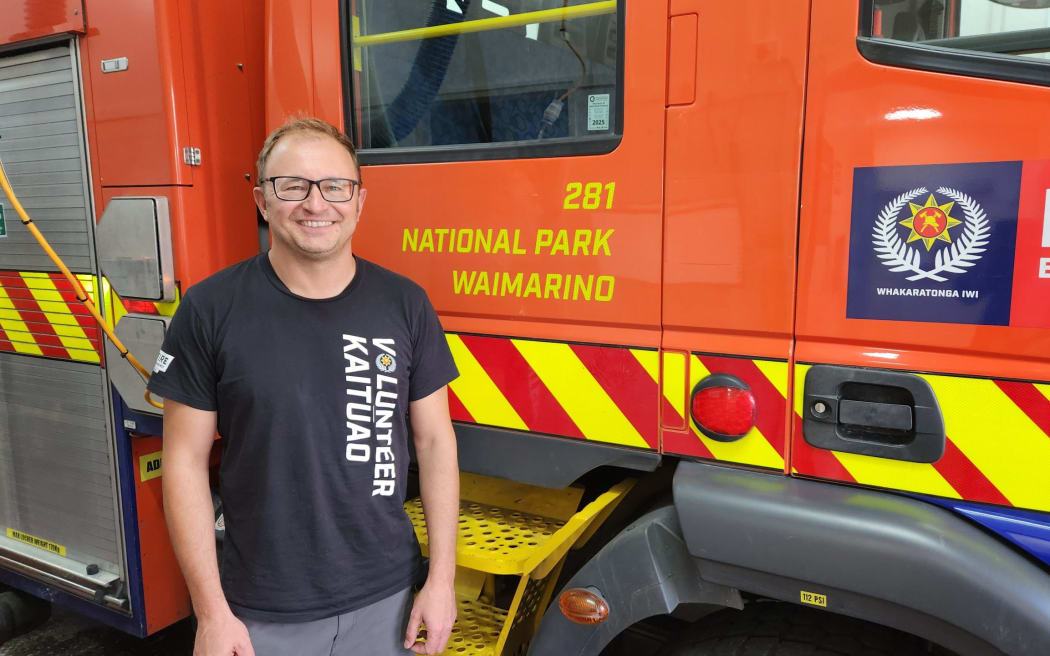
National Park Village at the foot of Ruapehu. Photo: LDR image
A close-knit community in the central North Island is divided over an iwi bid to change its name.
The iwi collective Te Korowai o Wainuiārua wants National Park Village and National Park Railway Station renamed Waimarino, the original name of the station and – according to iwi researchers – the village.
But the 180 or so permanent residents are divided, some saying there was no evidence that Waimarino was the original name of the village.

Photo:
Ōwhango-National Park Community Board chairman Anthony Gurr said he was fully behind the name change but there were strongly differing positions among residents.
“The community is somewhat split. I’d say 60-40 in favour, but there is a large proportion of people in the village who are against it.”
Ngā Pou Taunaha o Aotearoa New Zealand Geographic Board opened a three-month public consultation on the proposal in November. The consultation period ends on Thursday.
The chairperson of the National Park Village Business Association, lodge owner Andrea Messenger, said the proposal was a thorny issue for locals.
“It’s a really, really tough subject. Everyone’s got a personal opinion. We’ve got a group of people wanting to change the name to Waimarino even though our identity has been National Park Village for 100 years.”
Messenger said business owners were concerned about the proposed change and the implications and costs of rebranding.
The proposal was being driven by “indigenous New Zealanders” who did not live there, as opposed to those who had “set up their lives in the community”, she said.
“I don’t think there’s any right or wrong answer and we’ll always be an amazing village that works really well together, no matter what we’re called,” Messenger said.

“A beautiful name”: Residents Anthony and Alex Gurr support the name change for both the village and the station. Photo: LDR / Moana Ellis
Te Korowai o Wainuiārua was established in 2014 to represent hapū affiliated to the three iwi Uenuku, Tamahaki and Tamakana in Treaty Settlement negotiations. In July it signed a $28.5m Treaty Settlement with the Crown which included cash, cultural redress and property.
Gurr anticipated the Treaty Settlement would bring significant change to the tourist village.
“Uenuku’s just become one of the largest landholders in the village,” Gurr said.
“While some of them do not live here, they will eventually be coming back home, right, because they’ve now got the land to build houses and to enable their community and mokopuna or tamariki to live here. They’ve got the opportunity to now come back and make this place vibrant.”
Gurr’s wife Alex said she was excited about the potential name change.
“Waimarino is such a beautiful name it seems a shame not to use it. It was the original name for this area and it got changed for a silly reason.”
Waimarino – meaning calm waters – was the name of the railway station from 1908 until 1926 when it was renamed National Park Station by NZ Railways following complaints that mail destined for Raetihi, in Waimarino County, was going missing.
‘Waimarino Township’ or ‘Town of Waimarino’ has been used on cadastral maps since 1910. Cadastral maps record property information such as location and land area, and the Geographic Board said the names were a legal appellation and not a populated place name.
“Legal appellations do not change even if the populated place name does (whether officially by the Board or in popular use),” the Geographic Board said. “Most of the parcels in National Park remain to this day ‘Town of Waimarino’.”
In their proposal, iwi researchers said Waimarino Pā was located on the site of today’s National Park Village, and that Waimarino was the historic and traditional name for the village.
But long-term resident Murray Wilson believed there was no historical basis for the claim.

“It’s our precious baby”: Long-term residents Jenny and Murray Wilson. Photo: LDR / Moana Ellis
The former lodge owner, who served nine years as a Ruapehu councillor and is a Community Board member, said although the village was built on part of the vast Waimarino Block surveyed in the late 1800s, the village itself was never called Waimarino.
“The name Waimarino derives from the survey block called the Waimarino Block. The name Waimarino may have been used by people travelling to Waimarino Station and by default to the area, but there was never a populated place named Waimarino where we are today.
“It was the railway station that was named Waimarino and the first inhabitants here were the station master and the station master’s assistant.”
A Geographic Board report on the proposal, released under the Official Information Act, said early maps and survey plans name Waimarino for the plains, the stream and the land block. The report said there was no evidence in the name-change proposal that a pā existed on the site of the contemporary National Park Village.
“Some plans name a Waimarino village and pā approximately 3.8km south of the current National Park at Waikune. The pā name is correctly Ngātokoerua and it’s unclear if ‘Waimarino’ is colloquial, i.e. ‘the village at Waimarino Plains’.”
The Geographic Board report said today’s National Park Village was surveyed and sections opened for sale in 1910.
“If there was also an original settlement at the location of the current National Park, there’s no information in the proposal material or otherwise noted from old maps and plans and other documentary records,” the report said.
Wilson’s wife Jenny, a former Community Board member, said they have lived in the village for 33 years.
“A lot of hard work’s gone into building this village as you see it today. It’s kind of our precious baby that we’ve taken great care of to grow it into an adult. I think it’s time for us to start gathering our historical facts so people are aware of our history and so we can tell our story.”

“An opportunity for a fresh start”: Volunteer fire fighter and lodge owner Louis van Wyk. The fire brigade’s truck has recognised both names for years. Photo: LDR / Moana Ellis
Louis van Wyk, senior firefighter at National Park Volunteer Fire Brigade and owner-operator of Tongariro Crossing Lodge in National Park Village, believed reinstating the name Waimarino would be a positive move.
“I believe it’s the right thing to do. It’s the historic name, it’s the original name and records show that.
“National Park has always been a very odd and at times confusing name for people. People see the sign National Park and think they’re in the National Park or that we’re not even an actual village.
“It’s an opportunity for a fresh start and a fresh direction, especially with Uenuku coming in and making their presence felt, and wanting to do things in the area.”
Te Korowai o Wainuiārua chair Aiden Gilbert confirmed that the name of the historic pā referred to as Waimarino Pā on some maps was known by iwi as Ngātokoerua, and was situated several kilometres south of today’s National Park Village.
“Waimarino Block is where it was. We know that the whole area was Māori land and all part of the Waimarino Block.”

“The whole area was Māori land”: Te Korowai o Wainuiārua chair Aiden Gilbert. Photo: LDR / Moana Ellis
LDR is local body journalism co-funded by RNZ and NZ On Air.